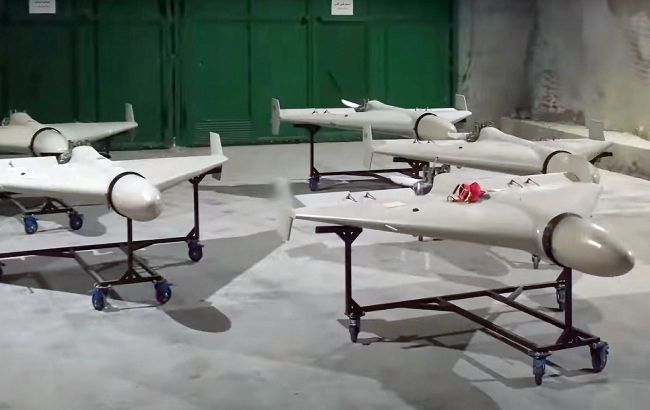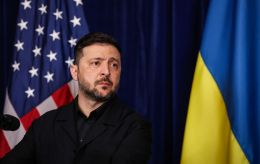Russia can produce 30,000 Shaheds year and may double output, NYT reports
 Photo: This year, the enemy has used over 34,000 attack drones and decoys (wikipedia.org)
Photo: This year, the enemy has used over 34,000 attack drones and decoys (wikipedia.org)
As of now, Russia is capable of producing around 30,000 Shahed-type attack drones per year, and this number could double next year, the New York Times reports.
"Analysts estimate that Russia is now able to produce about 30,000 of the attack drones modeled on the Iranian design per year. Some believe the country could double that in 2026," the outlet reports.
The NYT notes that Russian President Vladimir Putin has made drone production a national priority.
At a recent economic forum in Vladivostok, nearly every participating Russian region showcased its drone manufacturing efforts.
To produce drones, Russia is employing students and foreign workers. The NYT reports that Russia uses its close ties with Iran and China to obtain components.
"They started from maybe hundreds a month, then 2,000 to 3,000 a month in the first quarter of this year, now with 5,000 to 6,000 a month," Ukrainian expert and military analyst Mykola Bielieskov, from the National Institute for Strategic Studies, told the outlet.
He also predicted that the increase in Russian drone production will lead to more intensive attacks on Ukrainian airspace.
According to the NYT, Russian-made drones have also become technologically more advanced, featuring improved guidance systems, greater resistance to electronic jamming, and new types of warheads.
The report adds that, in addition to drones, Moscow is sending many more decoys made of painted foam and plywood. Some decoys contain small warheads and are indistinguishable from real UAVs in the sky.
Russian drones in Europe
Besides the usual drone strikes on Ukraine, Russia has begun testing other countries’ airspace.
On September 10, over 20 Russian drones violated Polish airspace, prompting the scrambling of aircraft, the temporary closure of several airports, and emergency meetings of top officials.
Following consultations, Polish President Karol Nawrocki approved the deployment of NATO troops to the country under Operation Eastern Sentry.
Later, on September 13, Russian drones were detected in Romanian airspace, sparking concerns about escalation within the EU.

